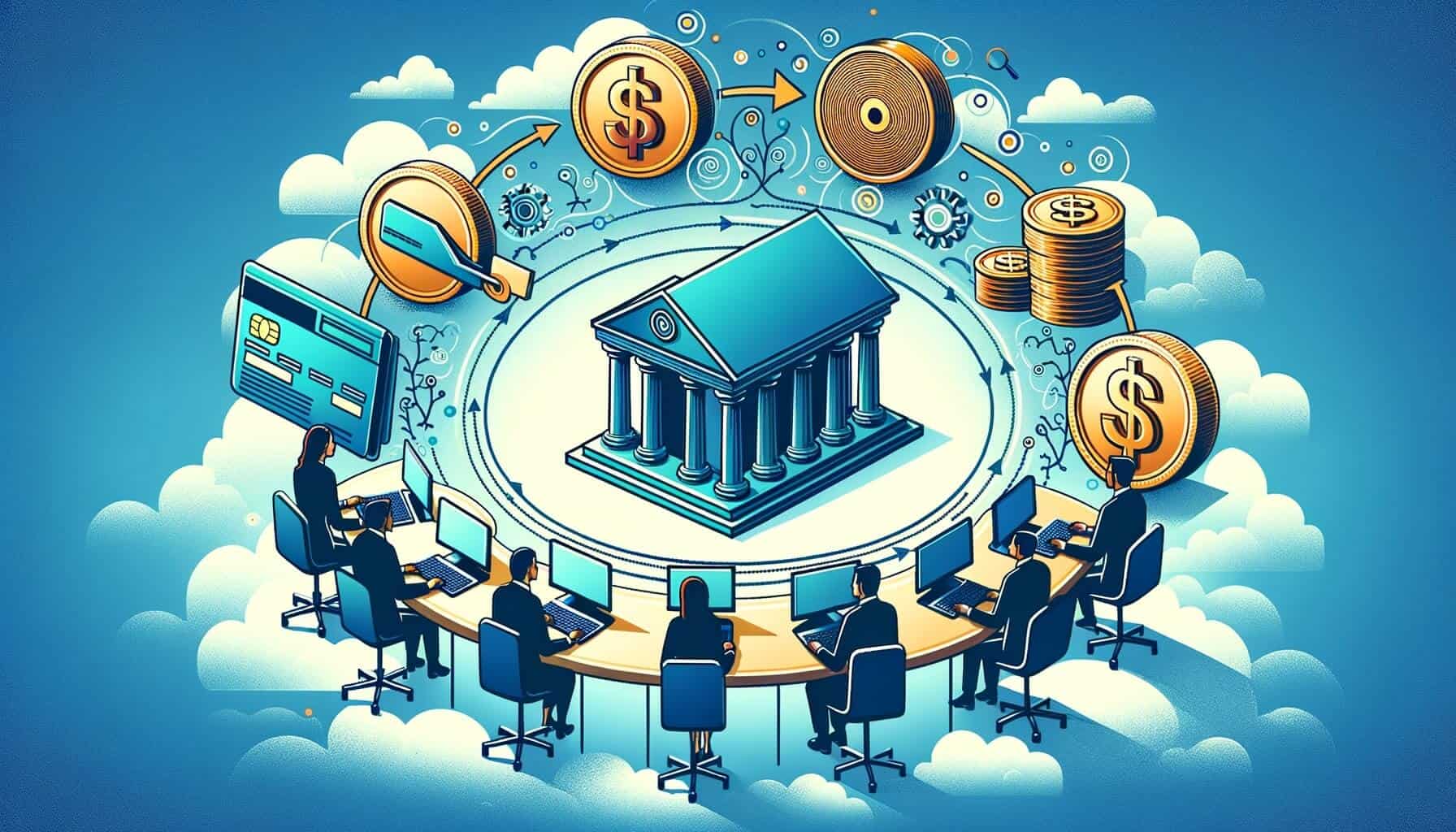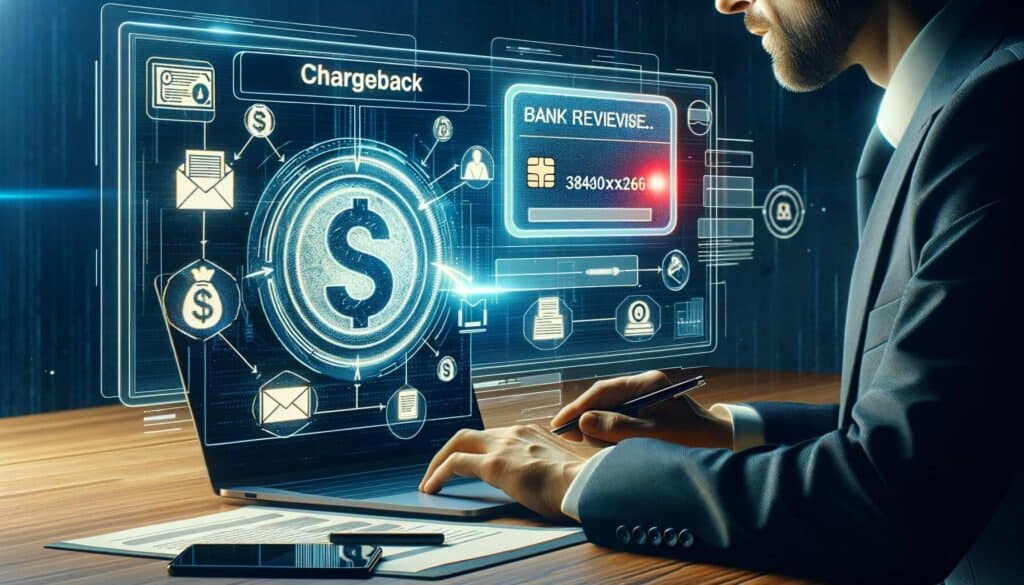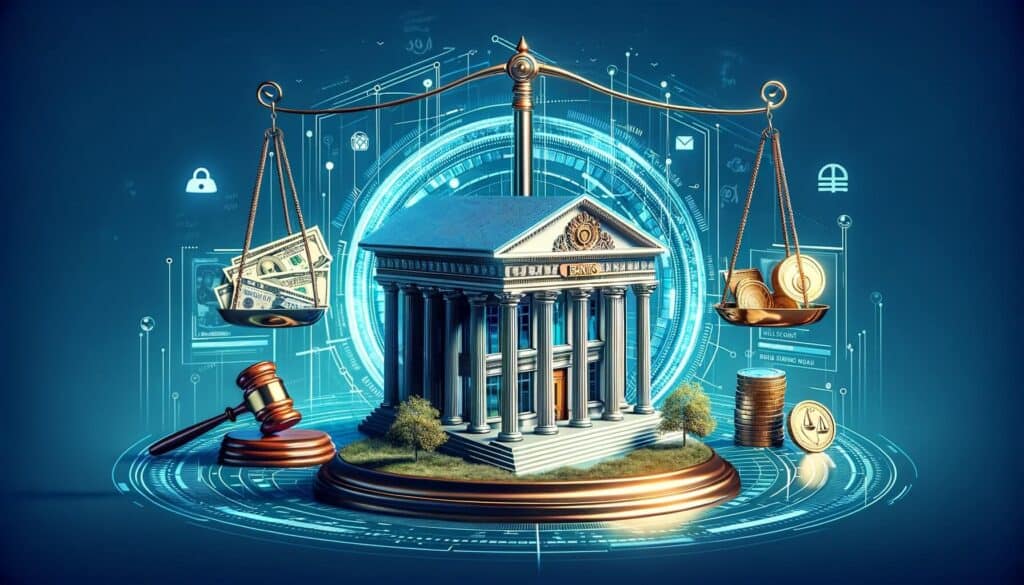
By Carol Peters March 10, 2025
In today’s digital age, where online transactions have become the norm, the occurrence of chargebacks has increased significantly. A chargeback is a process that allows consumers to dispute a transaction and request a refund from their bank or credit card issuer. While chargebacks can occur in various industries, such as retail and travel, this article will focus specifically on bank chargebacks.
A bank chargeback, also known as a debit card chargeback, is a mechanism provided by banks to protect their customers from fraudulent or unauthorized transactions. It allows customers to reverse a transaction and recover their funds if they believe they have been a victim of fraud, received a defective product, or experienced poor service. Bank chargebacks are governed by specific rules and regulations set by card networks like Visa, Mastercard, and American Express.
Differentiating Bank Chargebacks from Other Types of Chargebacks

While the term “chargeback” is often used interchangeably, it is essential to understand the differences between bank chargebacks and other types of chargebacks. Bank chargebacks specifically refer to disputes initiated by customers who used their debit cards for a transaction. On the other hand, credit card chargebacks involve disputes initiated by customers who used their credit cards.
The primary distinction between bank chargebacks and credit card chargebacks lies in the liability. In bank chargebacks, the liability for the disputed transaction rests with the merchant, while in credit card chargebacks, the liability is initially with the credit card issuer. This difference is due to the fact that debit card transactions are directly linked to the customer’s bank account, while credit card transactions involve a line of credit provided by the issuer.
The Process of Initiating a Bank Chargeback: Step-by-Step Guide

Initiating a bank chargeback involves a series of steps that customers must follow to dispute a transaction successfully. While the exact process may vary slightly depending on the bank, the following step-by-step guide provides a general overview of how bank chargebacks work:
Step 1: Contact the Merchant – Before initiating a chargeback, customers are advised to contact the merchant directly to resolve the issue. This step is crucial as it allows the merchant an opportunity to address the customer’s concerns and potentially offer a refund or a resolution.
Step 2: Gather Evidence – If the issue remains unresolved after contacting the merchant, customers should gather evidence to support their claim. This may include order confirmations, receipts, emails, or any other relevant documentation that proves the customer’s case.
Step 3: Contact the Bank – Once the customer has gathered the necessary evidence, they should contact their bank to initiate the chargeback process. This can typically be done by calling the bank’s customer service or visiting a branch in person.
Step 4: Provide Information – During the chargeback process, the bank will require specific information from the customer, such as the transaction details, the reason for the dispute, and any supporting evidence. Customers should be prepared to provide this information accurately and promptly.
Step 5: Bank Investigation – After receiving the customer’s chargeback request, the bank will initiate an investigation to determine the validity of the claim. This investigation may involve contacting the merchant, reviewing transaction records, and assessing the evidence provided by the customer.
Step 6: Resolution – Once the bank completes its investigation, it will make a decision regarding the chargeback. If the bank finds in favor of the customer, the disputed amount will be credited back to their account. However, if the bank determines that the chargeback is not valid, the customer will be responsible for the disputed amount.
Common Reasons for Bank Chargebacks and How to Avoid Them

Bank chargebacks can occur for various reasons, and understanding these common reasons can help merchants take proactive measures to avoid them. Some of the most common reasons for bank chargebacks include:
1. Fraudulent Transactions – One of the primary reasons for bank chargebacks is fraudulent transactions. Customers may dispute a transaction if they believe their debit card information has been compromised or used without their authorization. To avoid such chargebacks, merchants should implement robust security measures, such as encryption and two-factor authentication, to protect customer data.
2. Defective or Damaged Products – Customers may initiate a chargeback if they receive a defective or damaged product that does not meet their expectations. To prevent such chargebacks, merchants should ensure the quality of their products and provide accurate product descriptions and images on their websites.
3. Non-Delivery of Goods or Services – If customers do not receive the goods or services they paid for, they may dispute the transaction and request a chargeback. Merchants should maintain clear communication with customers regarding order status, provide tracking information, and promptly address any delivery issues to avoid such chargebacks.
4. Unauthorized Transactions – Customers may dispute a transaction if they believe it was made without their consent. Merchants should implement secure payment gateways and fraud detection systems to minimize the risk of unauthorized transactions and provide prompt customer support to address any concerns.
5. Billing Errors – Incorrect billing amounts or duplicate charges can lead to chargebacks. Merchants should ensure accurate billing and promptly rectify any billing errors to prevent such chargebacks.
Exploring the Role of Banks in the Chargeback Process

Banks play a crucial role in the chargeback process, acting as intermediaries between customers and merchants. When a customer initiates a chargeback, the bank is responsible for investigating the dispute and determining its validity. The bank’s role includes:
1. Investigation – Banks are responsible for conducting a thorough investigation into the customer’s claim. This may involve contacting the merchant, reviewing transaction records, and assessing the evidence provided by the customer.
2. Provisional Credit – During the investigation, banks may provide a provisional credit to the customer, temporarily refunding the disputed amount. This ensures that customers are not financially burdened while the investigation is ongoing.
3. Communication with Merchants – Banks communicate with merchants throughout the chargeback process, providing them with the necessary information and documentation to respond to the dispute. Merchants are given an opportunity to present their case and provide evidence to counter the customer’s claim.
4. Decision Making – Based on the evidence gathered during the investigation, the bank makes a decision regarding the chargeback. If the bank finds in favor of the customer, the disputed amount is permanently refunded to the customer. However, if the bank determines that the chargeback is not valid, the customer is responsible for the disputed amount.
Understanding the Rights and Responsibilities of Merchants in Bank Chargebacks
While bank chargebacks are primarily initiated by customers, merchants also have rights and responsibilities in the chargeback process. Understanding these rights and responsibilities is crucial for merchants to effectively manage chargebacks and protect their businesses. Some key rights and responsibilities of merchants in bank chargebacks include:
1. Right to Respond – Merchants have the right to respond to a chargeback by providing evidence and documentation to counter the customer’s claim. This may include order confirmations, shipping records, or any other relevant information that supports the merchant’s case.
2. Chargeback Fees – Merchants may be subject to chargeback fees imposed by their acquiring bank or payment processor for each chargeback they receive. It is the merchant’s responsibility to understand and comply with the terms and conditions set by their payment service provider regarding chargeback fees.
3. Chargeback Representment – Merchants have the option to challenge a chargeback by submitting a chargeback representment. This involves providing additional evidence or documentation to dispute the customer’s claim. Merchants should be aware of the specific requirements and deadlines for chargeback representment set by their payment service provider.
4. Monitoring and Prevention – Merchants have a responsibility to monitor their transactions and identify any potential issues that may lead to chargebacks. Implementing fraud detection systems, maintaining accurate product descriptions, and providing excellent customer service can help prevent chargebacks.
Analyzing the Impact of Bank Chargebacks on Consumers and Businesses
Bank chargebacks have a significant impact on both consumers and businesses. Understanding this impact is crucial for all parties involved in the chargeback process. Let’s analyze the impact of bank chargebacks on consumers and businesses separately:
Impact on Consumers:
1. Consumer Protection – Bank chargebacks provide consumers with a layer of protection against fraudulent or unauthorized transactions. This helps build trust in the banking system and encourages consumers to engage in online transactions.
2. Financial Security – Bank chargebacks ensure that consumers are not held financially responsible for transactions that they did not authorize or receive. This provides peace of mind and safeguards their financial security.
3. Dispute Resolution – Bank chargebacks offer consumers a formal process to dispute transactions and seek resolution. This allows them to have a voice and hold merchants accountable for any issues they encounter.
Impact on Businesses:
1. Financial Loss – Bank chargebacks can result in significant financial losses for businesses, especially if they occur frequently. Merchants are not only liable for the disputed amount but may also incur chargeback fees and lose the cost of goods or services provided.
2. Reputational Damage – Frequent chargebacks can damage a merchant’s reputation, leading to a loss of customer trust and loyalty. Negative reviews and word-of-mouth can deter potential customers from engaging with the business.
3. Administrative Burden – Managing chargebacks requires time, resources, and administrative efforts from businesses. This can divert their focus from core operations and impact overall productivity.
Tips and Best Practices for Handling Bank Chargebacks Effectively
Effectively managing bank chargebacks is crucial for merchants to minimize financial losses and maintain a positive reputation. Here are some tips and best practices for handling bank chargebacks effectively:
1. Maintain Accurate Records – Merchants should keep detailed records of all transactions, including order confirmations, shipping records, and customer communications. These records can serve as evidence during the chargeback process.
2. Provide Excellent Customer Service – Offering exceptional customer service can help prevent chargebacks. Promptly addressing customer concerns, providing accurate product information, and maintaining clear communication can resolve issues before they escalate to chargebacks.
3. Implement Fraud Detection Systems – Merchants should invest in robust fraud detection systems to identify and prevent fraudulent transactions. These systems can help flag suspicious activities and reduce the risk of chargebacks.
4. Respond Promptly – Merchants should respond to chargebacks promptly and within the specified timeframe. Failure to respond in a timely manner may result in the chargeback being automatically granted in favor of the customer.
5. Consider Chargeback Representment – If a merchant believes a chargeback is unjustified, they should consider submitting a chargeback representment. This involves providing additional evidence to dispute the customer’s claim. Merchants should carefully review the requirements and deadlines for chargeback representment set by their payment service provider.
Frequently Asked Questions (FAQs) about Bank Chargebacks
Q1. What is the difference between a bank chargeback and a credit card chargeback?
A1. Bank chargebacks specifically refer to disputes initiated by customers who used their debit cards for a transaction, while credit card chargebacks involve disputes initiated by customers who used their credit cards.
Q2. Can I initiate a chargeback if I am not satisfied with a product or service?
A2. Chargebacks are primarily intended for cases of fraud, unauthorized transactions, or non-delivery of goods or services. If you are not satisfied with a product or service, it is advisable to contact the merchant directly to resolve the issue before initiating a chargeback.
Q3. How long does the chargeback process typically take?
A3. The duration of the chargeback process can vary depending on various factors, such as the complexity of the dispute and the responsiveness of the parties involved. In general, the process can take anywhere from a few weeks to several months.
Q4. Can a merchant dispute a chargeback?
A4. Yes, merchants have the option to dispute a chargeback by submitting a chargeback representment. This involves providing additional evidence or documentation to counter the customer’s claim.
Q5. Can chargebacks be prevented entirely?
A5. While it is not possible to prevent chargebacks entirely, merchants can take proactive measures to minimize their occurrence. Implementing fraud detection systems, providing excellent customer service, and maintaining accurate records can help prevent chargebacks.
Conclusion
Bank chargebacks play a crucial role in protecting consumers from fraudulent or unauthorized transactions. Understanding the basics of bank chargebacks, differentiating them from other types of chargebacks, and knowing the step-by-step process of initiating a chargeback is essential for both consumers and merchants.
By understanding the common reasons for chargebacks and implementing best practices to avoid them, merchants can minimize financial losses and maintain a positive reputation. The role of banks in the chargeback process is vital, as they investigate disputes and make decisions based on the evidence provided.
Ultimately, effective management of bank chargebacks benefits both consumers and businesses, ensuring financial security and dispute resolution in the ever-evolving world of digital transactions.
